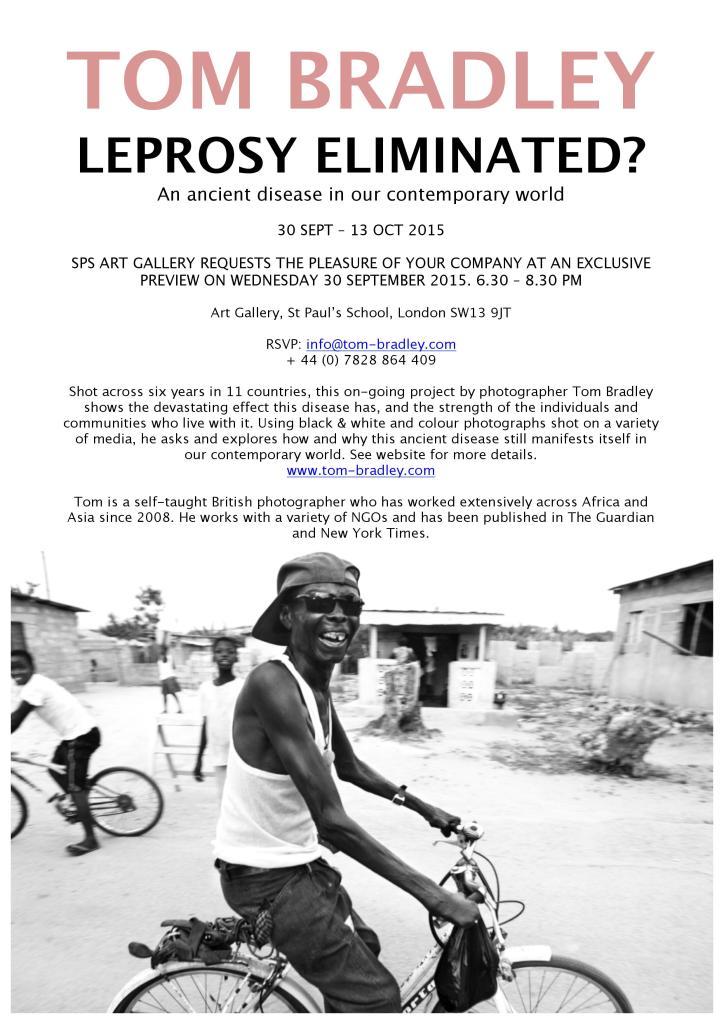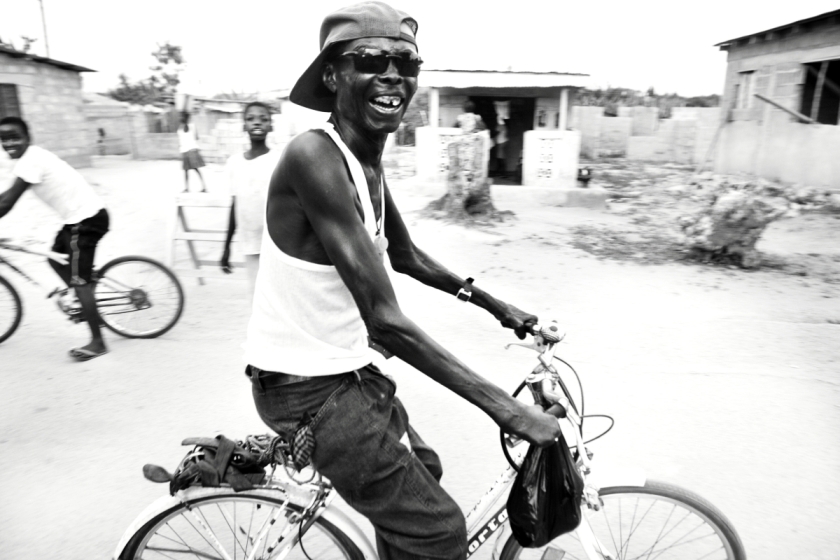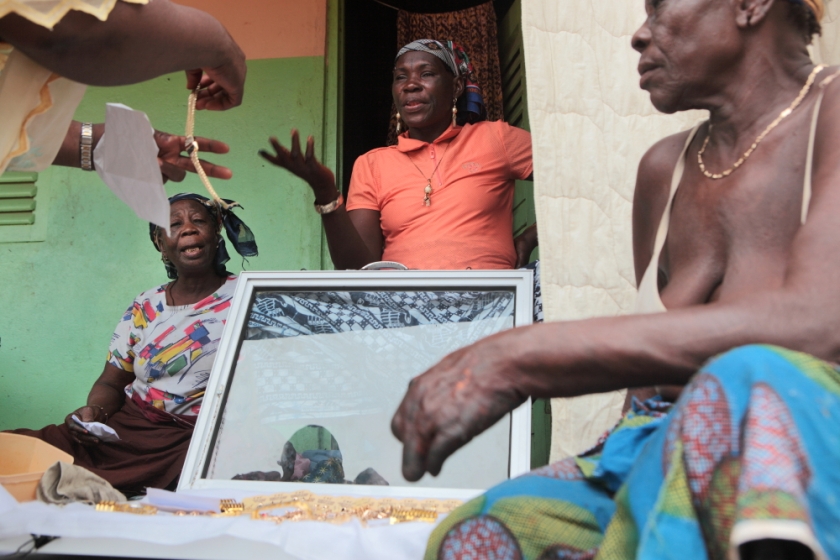In many ways, it seems that self-stigma can be worse than stigma coming from others. It’s silent, and builds from within, corroding hope and strength.
This man preferred not to be named. He represents a vast number of diagnosed and cured leprosy cases in India who will not tell anyone they have leprosy for fear of bringing shame upon themselves, their family, those close to them, fear of rejection, fear of the reaction of others. I’m hoping the story I wrote will give a human side to an anonymous photograph.
Writing based on an interview (verbatim as translated). Recorded in October 2012 at Karigiri hospital.

He’s a small, wiry and young farmer and he’s terrified of anyone he knows finding out he had leprosy, including his own mother.
He was diagnosed 10 years ago at the age of 17. When he was told what he had, his father was with him. Neither of them understood the diagnosis.
“My father told me that we haven’t hurt anyone, so why does God want us to be punished like this?” Together they decided not to tell anyone.
“He safeguarded this secret until his death. He passed away about 5 years ago.”
His situation would not have been as bad if he had taken the medicine as instructed when he was first diagnosed.
“I thought it was just a small patch and without knowing the consequences I stopped between taking the medicines and that’s one of the reasons that I got footdrop.”
“When the doctor explained to me about the consequences – that is a disease which affects the nerves and skin and all that – then I realised the importance of taking the medicine and took it regularly for 6 months.”
Unfortunately by this time it was too late for a complete recovery. His drop foot was operated on, but he retained some anaesthesia and he is currently in hospital due to a large ulcer on his foot.
I try to imagine what it’s like, having a burden like this without telling anyone you know. His expression is stony, I can tell his emotions have long been buried, wrapped away from the world. I asked him how he took the news 10 years ago.
“I felt very bad and I wasn’t able to accept it. I went to the extent of committing suicide.”
I asked him how he sees his future. He has clearly contemplated it already.
“If I’m affected today by one day, I don’t know if other parts will later be affected also… I should not depend on anybody – my brothers and such. Up until when I can look after myself I can survive. After that… I want to commit suicide or something. I want to commit suicide…”
The psychiatrist, Valsa is with me, and despite numerous counselling sessions there has not been much progress. “It can be very difficult to change people’s mindset on this.” The depth of self-stigma is great.
The man talks further. “If my brother and mother say accept me, I don’t believe they’ll still truly accept me from the bottom of their hearts.”
So deep is cultural thought and fear about leprosy, that he won’t even believe people who say they are ok with it. He knows that he might not be condemning only his life, but if anyone else found out, theirs too.
For that reason he doesn’t want to get married – his concern lies in the lives of his wife and children. Knowing the pressure of mothers for their sons to get married, I ask what his excuses have been.
“I just said don’t ask me anything and don’t force this on me. At present I don’t want this and I’ve got out of this situation.” He knows this won’t satisfy an Indian mother though. “Until she leaves I’ll survive like this and after her death nobody will bother me about it.”
I ask if there’s anyone at all who he shares this with.
“I have best friends, but I very seldom talk to them.”
Not even his brothers?
“No. Whatever has come to be, I let it go with myself. I’ll go to the temple. I’ll stay one whole night in the temple. Talk to God, sit there, cry and pray and come back the next day. Nobody asks me why am I going to the temple and sitting and staying there for the night. I won’t even tell family members.”
He looks at me. “We can seek help from people, but not at the cost of lifting us and looking after all our personal needs.”
“Until I can earn and eat for myself I’ll be there.” He says about staying with his family. “But if a situation comes when I cannot survive the next moment by myself… I’ll end my life.”
I thank him for letting me interview him and shake his hand. He wheels himself back to his ward in a decrepit wheelchair, carrying with him a burden he stubbornly plans to bear for the rest of his life.
All from a man who has medical and social help whenever needed, and has not been contagious for almost 9 years. Until he willingly, bravely decides to share the truth with his family, there is little anyone can do to help him.










